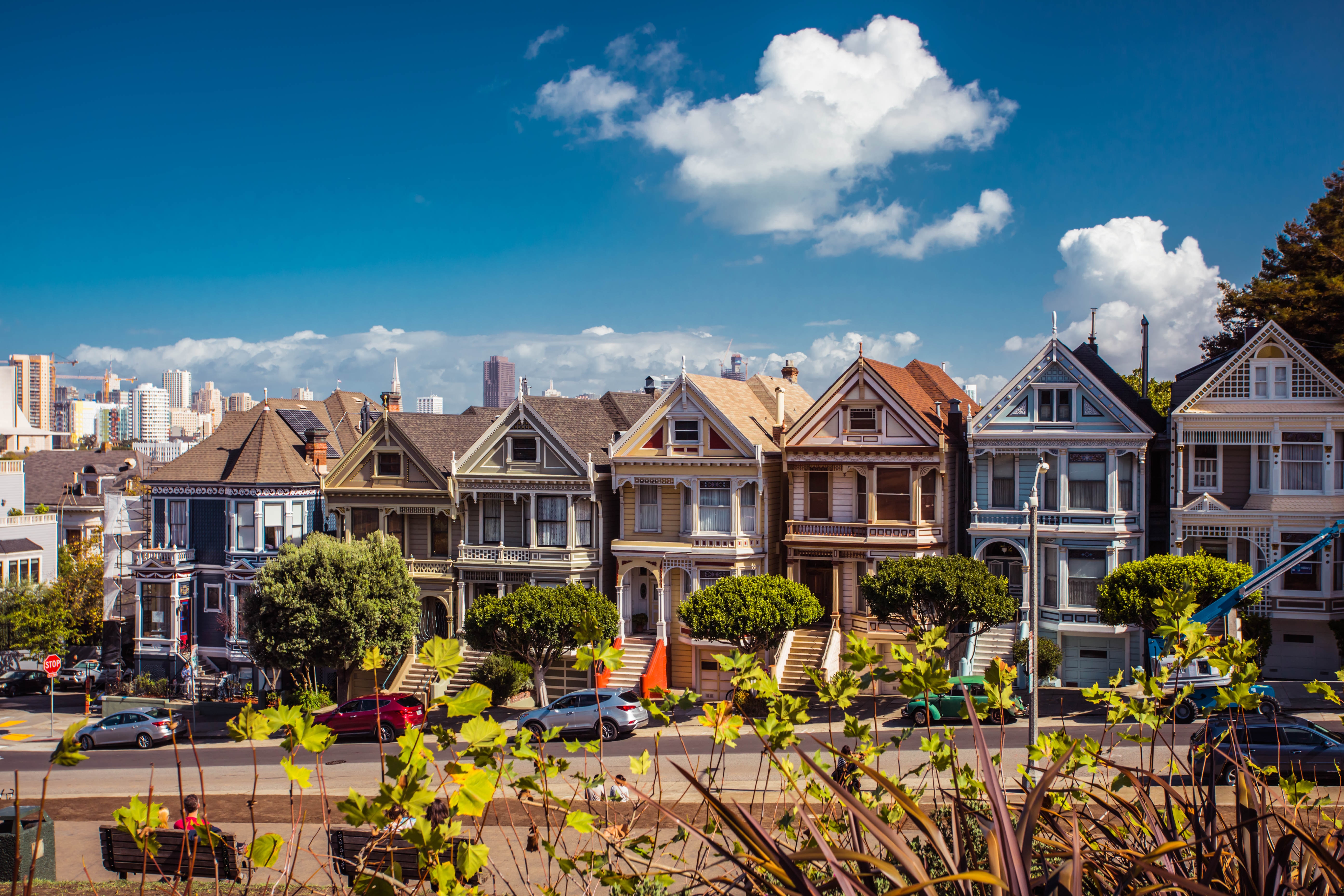Everything You Need to Know About Parking Your Car in San Francisco
San Francisco is one of the most culturally vibrant, liberal and iconic cities in the West Coast, and probably all of America too. It is a melting pot of cultures and an LGBT+ haven, making it one of the USA’s sanctuary cities. Wherever you are from, San Francisco has something to make you feel right at home. Read more about car parking in San Francisco
One of the most recognizable facets of this beautiful city, apart from the Golden Gate Bridge and the Bay Area, is its hilly terrain. San Francisco is built over 40-50 hills, making for very steep roads and winding roads which are a bit hard to navigate. This can make for some horrible road conditions and congestion.
Traffic Conditions in San Francisco
According to a 2017 study on traffic conditions in cities all over the world, Francisco ranked as the 5th worst city in the world and 3rd worst city in the USA when it comes to traffic conditions. Drivers in San Francisco spent round about 12% of their driving time stuck in traffic jams, which was exacerbated by the immigration of more people as the technology boom hit San Francisco.
The terrible traffic conditions also made it very hard to park in the city. The streets of San Francisco tend to be quite narrow, and because of the roads being filled choc-a-bloc with vehicles, parking has also become a major problem in the city. However, several infrastructural changes have wrought positive changes in the city, and parking is no exception. Safe and quick parking is now possible in San Francisco, as long as you keep a few rules in mind.
Know the color code
Car Parking in San Francisco can be a real problem, but color-coding the curbs really helps.
Keep the following rules in mind:
a) Red curbs: No parking; typically found near fire stations and bus stops.
b) White curbs: You are allowed to park for five minutes. Typically found near hospitals, schools, and restaurants. Meant for vehicles to pick up and drop off passengers.
c) Green curbs: 10-minute parking zones. They are mostly found near ATMs.
d) Yellow curbs: These spaces are only saved for commercial vehicles.
e) Blue curbs: Parking for people with disabilities; no time limit is applied here.
f) Unpainted curbs: Spaces for parking vehicles for a longer period of time.
Also Read: Why Don’t American Cities Use Underground Parking in Their Buildings?
Mind the time and the schedule
a) Unpainted curbs may have a sign which will tell you the amount of time you can park there for. The time limit is mostly two hours in residential areas.
b) If there is no sign, you may park your car there for up to 72 hours. After that, you have to move your car elsewhere.
c) Driving your car around and coming back to the same spot is a fineable offense.
d) You also cannot park your car on a street if the street cleaning is not done yet. Street cleaning schedules for San Francisco neighborhoods are easily available.
Some more rules you should know
a) Your parked car should always be in the direction of the flow of traffic.
b) The wheels of your car have to be less than 18 inches away from the edge of the curb in you’re parallel parking.
c) In case you are parking on a sloped street, make sure that your car is angled in such a way such that if the brakes were to fail, the car would veer into the curb and not into the street. That means if your car faces downhill, your wheels should be curved towards the curb, and if your car is facing uphill, your wheels should be angled away from the curb.
d) Stay mindful of tow-away zones. Your car may get towed away during rush hours if you are parked there; keep a lookout for tow-away restriction street signs.
Paid Car parking in San Francisco
Paid parking zones can be paid for with coins, prepaid coins, credit cards and also through your mobile wallet. Prepaid cards can be from local shopkeepers or online. They are loaded with USD 20-50 and need to be refilled regularly. Most spaces for car parking in San Francisco require payment.
Garages
If you are planning a trip into the city for the day, your best bet would be parking in a garage, which is a safe and reliable option. However, they may be a bit on the costly side. The best-known garages in the city are Union Square, Downtown SF, Fishermen’s Wharf, Alcatraz Nab Hill, Mission, North Beach, Civic Centre, and Hayes Valley.
Find Car Parking in San Francisco easily
You can use mobile apps, like SFPark’s official app, to find parking spaces easily in real-time. That cuts down on the time you need to find parking, and also goes a long way in cutting down fuel costs.
Here’s a secret
a) The Port of San Francisco operates many large, cheap parking spaces along the Embarcadero, near many popular tourist spots.
b) Most motels have free parking.
Car Parking in San Francisco can be tricky, but keeping these simple rules in mind can make your life a lot easier.

